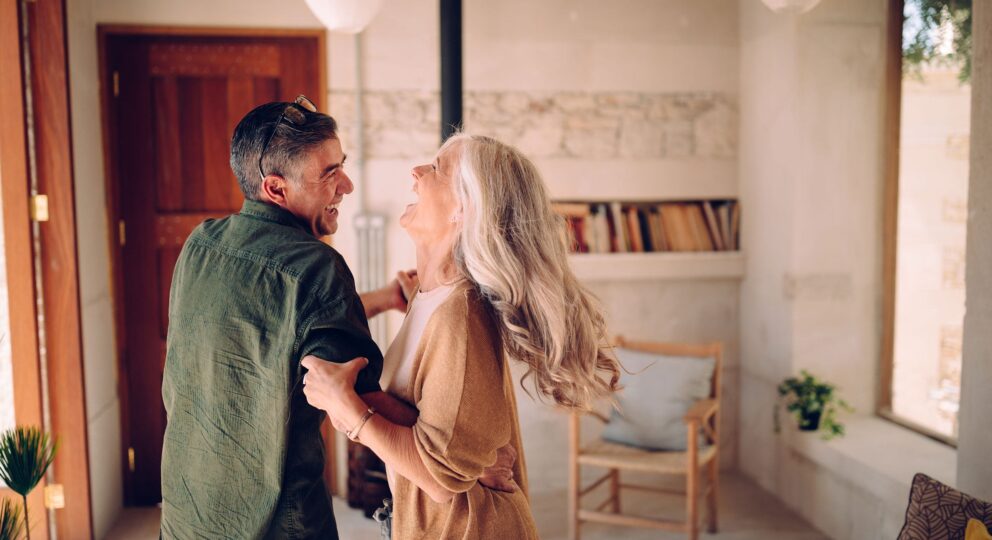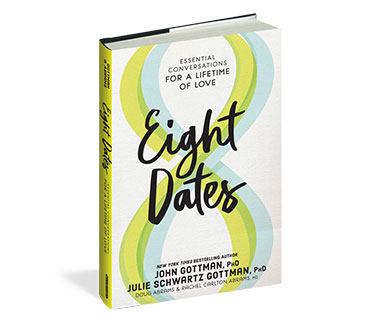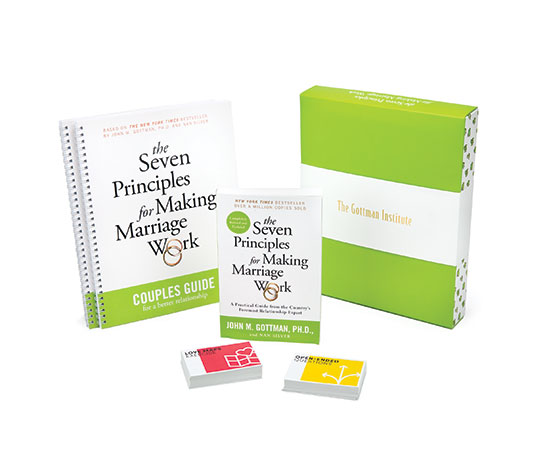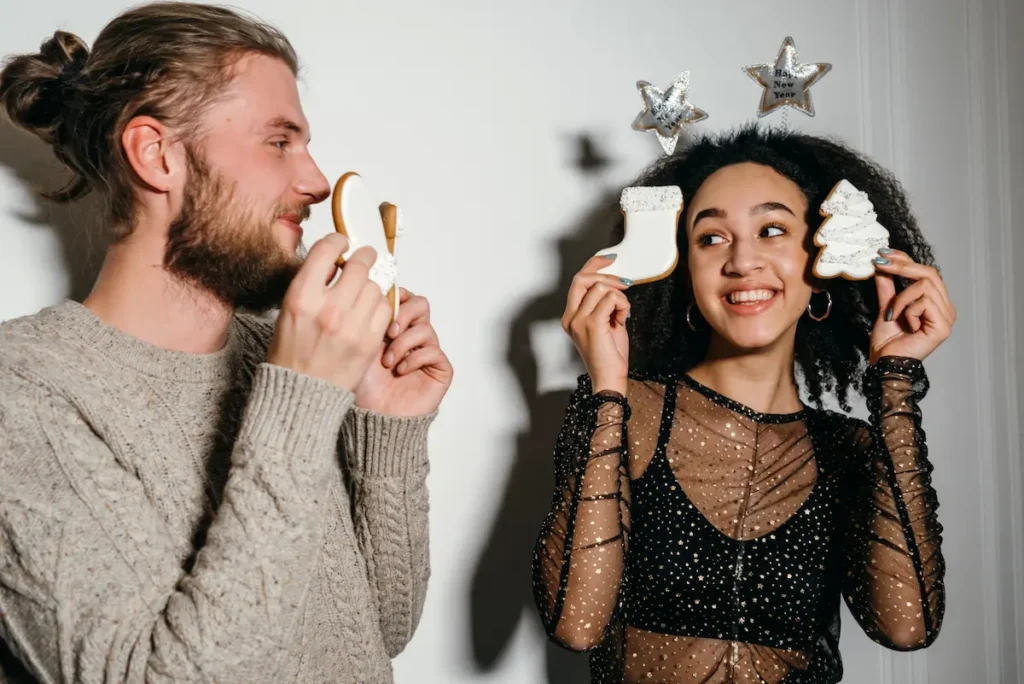We met Marcy and Jack during our first group dance lesson. Unlike many of the dating or engaged couples we’d danced with, Marcy and Jack had been at this marriage thing for quite some time. Forty years to be exact. They first started dancing in preparation for their daughter’s wedding.
The wedding came and went, but Marcy and Jack kept returning for dance lessons week after week. With practice, they continued to hone and improve their dance skills as a couple.
And yet, they tapped into something far greater than dance. They began to experience and integrate an idea central to healthy relationships—continual, purposeful dating and practice is not only helpful, but is central to cultivating and maintaining meaningful attunement, connection, and intimacy in romantic relationships.
While healthy marriages require us to put in this intentional effort, and to pursue one another on a continual basis, many dominant paradigms in our culture tell us otherwise.
Myth: Marriage is a destination
“And they lived happily ever after.” Disney’s multi-billion dollar industry thrives on this idea. The message is spoon fed to us as children, and reverberated throughout our culture. It’s confusing when our own romantic experiences fail to live up to this standard, which they almost always do.
So we either destroy this idea, feeling disappointed that it’s not our story, or we hold onto it tightly with the hope and dream that we can harness it if we just find the right person. However, the reality is such that even if we find the “right person,” we soon realize that everything is not simply sunshine and roses. Marriage is not a destination.
Marcy and Jack know this. They know that marriage, like dance, is a continually unfolding journey in which they are active participants, shaping and molding their shared reality. They know that if they take a few months off from dance, and neglect their practice, it will be apparent in the quality of their dance and interactions.
Maintaining regular practice not only helps keep them connected and attuned as they dance, but it also allows them to reach new heights and depths with one another. Every time we see Jack and Marcy in our group lessons, we are continually impressed by their new moves, gracefulness, and attunement with one another.
Whether you’re a newlywed, or have been married for forty years like Marcy and Jack, there is immense value in creating and continuing practices that support the ongoing health and connection of your relationship. As John and Julie Gottman explain in their book, “Eight Dates: Essential Conversations for a Lifetime of Love“, “Happily ever after is not by chance. It’s by choice.” It takes work.
Myth: Love should always feel organic in marriage
One of the most common narratives we see in Hollywood movies and TV shows is the journey of a couple meeting, with perhaps some turmoil or conflict early on, and then a quick resolution, finished off with a hopeful closure.
Perhaps this is because the full picture of marriage is not depicted as being as sexy or exciting as the hot pursuit earlier on, or perhaps it’s assumed that the public doesn’t want to see the reality of married life: the good, the bad, and the ugly. Either way, it’s doing our culture a disservice.
A second paradigm is ripping through our culture like wildfire—if you don’t feel the love anymore, then why stick around? As a therapist, I hear it all the time: “We just fell out of love.” While love (the noun) may initially bring two people together, it is love (the verb) that makes it last.
Love is a choice that you make every morning when you wake up. It’s the decision to choose to cherish your partner, especially when you don’t feel like it. It’s in these times, in particular, that your partner likely needs your love the most. In truly healthy marriages, each partner wakes up in the morning, and makes the decision to purposefully practice and cultivate more love for their spouse.
Marcy and Jack understand this principle. Forty years into their marriage, they are still intentionally “practicing” and choosing one another to keep that connection alive. Like all couples, there have been ample times when they may not have felt the connection or attunement, but nevertheless chose to be there for one another.
They are proud of their growth and major improvements as a couple on and off the dance floor, and yet they realize that their “work” is never done. They have signed up for a lifetime commitment of pursuing and practicing the art of loving one another, and one way they do this is by their weekly dance lessons.
Myth: Courtship is only for the early years
A third faulty paradigm I see is the notion that courtship and dating is only for the early years. We date, we flirt, we woo, in effort to court one another. And then we’re all set. We know one another, we’ve tied the knot, and suddenly it’s no longer important to date one another as we did early on.
It’s become so normal for couples to indicate they have grown apart and fallen out of love. Life got busy and suddenly they’re just living with a roommate. It’s understandable how this can easily happen, and yet, it doesn’t have to be this way.
Find ways to court and pursue your partner daily. We all want to feel loved and desired, regardless of what stage we are at in our relationship. Of course, the ways in which we like to be pursued may evolve over the years, which is why it’s all the more important to continue to update your Love Maps.
Take time to remember how your partner likes to feel loved—surprise them with flowers, or bring them coffee in bed in the morning. Take time to experiment and explore new ways you can flirt with them. It’s in these small moments of connection that our relationships flourish.
At 62 and 65, Marcy and Jack are still intentional about planning and having regular date nights together. They’ve established a ritual of carving out sacred time for one another, and dance together on a weekly basis.
They recognize that dancing and date nights aren’t just for the youth—they’re for couples at all stages of their relationship.
It doesn’t matter how old you are, or how long you’ve been married. It always feels good to have your partner pursue you.
In what ways can you pursue your partner on a daily basis?
In what ways can you choose your partner every morning when you wake up?
In what ways can you date your partner, so that forty years into marriage, you’re still dancing like Marcy and Jack?
This is part four of a four-part series on relationships and dance. Here are parts one, two, and three.
Subscribe below to receive our blog posts directly to your inbox.









